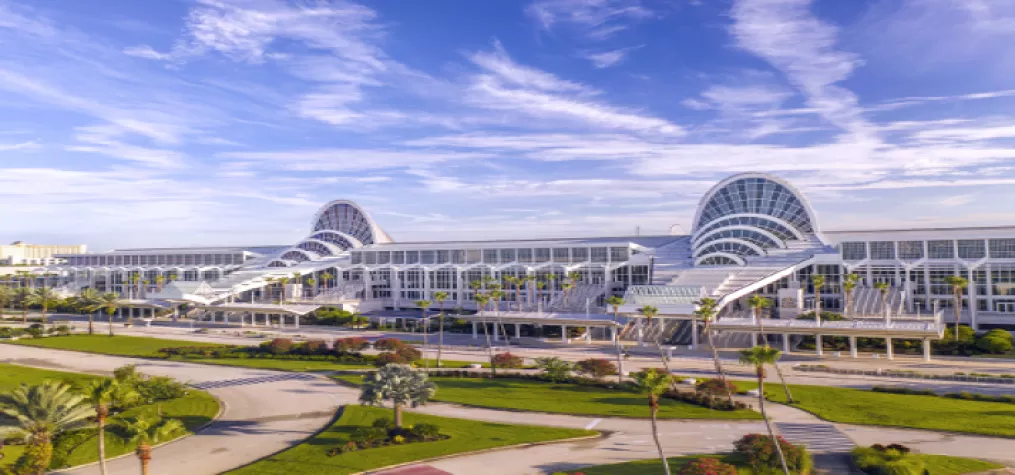Charles Olentine

Charlie Olentine, CEO of Consult NC Inc, has over 25 years experience in B2B publishing and from 2004 to 2016 managed the Top 50 show - International Production & Processing Expo. colentine@consult-nc.com

In Globalization 1.0, which began around 1492, the world went from size large to size medium. In Globalization 2.0, the era that introduced us to multinational companies, it went from size medium to size small. And then around 2000 came Globalization 3.0, in which the world went from being small to tiny. Thomas Friedman, author and futurist
Many U.S. trade shows are having to cope with consolidation in the number of both exhibitors and attendees. Globalization is a reality and its effects can make or break a trade show depending on how organizers adapt to changing paradigms. This consolidation involves a decrease in the number of prospects; or it may mean that the decision for going to a show is moved off-shore as more American companies are being bought by international firms.
However, globalization offers opportunities. The U.S still maintains its reputation as the strongest economy and one that places a high value on innovation. The international market for trade shows allows American-based show organizers to expand their respective franchises by venturing out to other countries. Additionally, coming to America, the world’s largest economy, can be an attractive way to enlarge the base for exhibitors and attendees.
Needless to say, the political environment is not making American show organizers’ jobs easier. Nationalism is cropping up in all areas of the world and security concerns offer an easy way to restrict travel.
For those of us who have exhibited in other countries the culture of the trade show is much different. Many of the shows feature hard-walled exhibits; different registration and badging routines; different models for general service contracting; and a multitude of other differences.
The area with which I would like to deal in this column focuses on the role of food and beverage and entertainment on the floor of the show. The typical American B2B trade show frequently looks like a car lot featuring equipment and products for display to attendees. For many exhibitors, the goal is to gather as many leads in as short a time as possible. Move the crowds through and play the numbers game.
With international shows the emphasis is more on developing and renewing relationships. Food and beverage are staples in almost every booth, be it a 50’ X 50’ or a 10’ X 10’. International exhibitors rely more on providing a comfortable atmosphere with seating and food/drink bars. Also, another major difference is that at the formal show closing time, the fun just begins. In-booth entertainment and hospitality can go hours past closing, especially in Latin America.
For trade shows to become more international in appearance and operations, the business model for convention centers in the U.S. must change. For the most part, American convention centers have exclusive agreements with a single provider of F&B. While I do not like this arrangement, I can live with it. However, what I cannot appreciate is how these providers of services can charge $65/gallon of coffee, $10/shrimp or $5 for a soft drink and then add tax and a sizable delivery fee. For European shows, F&B is readily available for exhibitors to provide on the floor at very reasonable rates, therein promoting profit through volume rather than by outrageous margins. For the life of me, I cannot justify a 20% delivery charge to a booth.
The American convention center that can break the business model of the past for F&B will be the one that gets the head start over the competition in attracting international shows. For those exhibitors using the F&B provider for private on-site plated functions, I can unequivocally support hotel level of prices. My issue centers on the price of on-floor F&B for exhibitors. If on-floor prices of F&B can be made reasonable more exhibitors will take advantage of it, meaning more gross revenue and hopefully, more net revenue a lower margin rates. To promote on-floor networking through relationship building and on-site hospitality, exhibitors will need to increase their respective footprints bringing in more revenue for the organizer and the facility.
I would urge show organizers to put pressure on convention facilities to change their ways on F&B. When an RFP goes out for a convention site, a major focus of the process should be what the costs of F&B will to the exhibitor. Everyone involved with trade shows – organizers, facility managers and vendors – must have one key goal. Provide the best memorable experience for the exhibitor and the attendee.

Add new comment